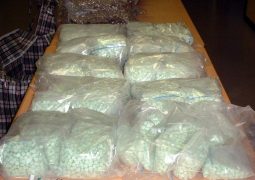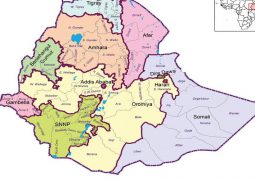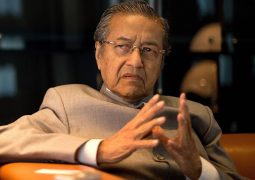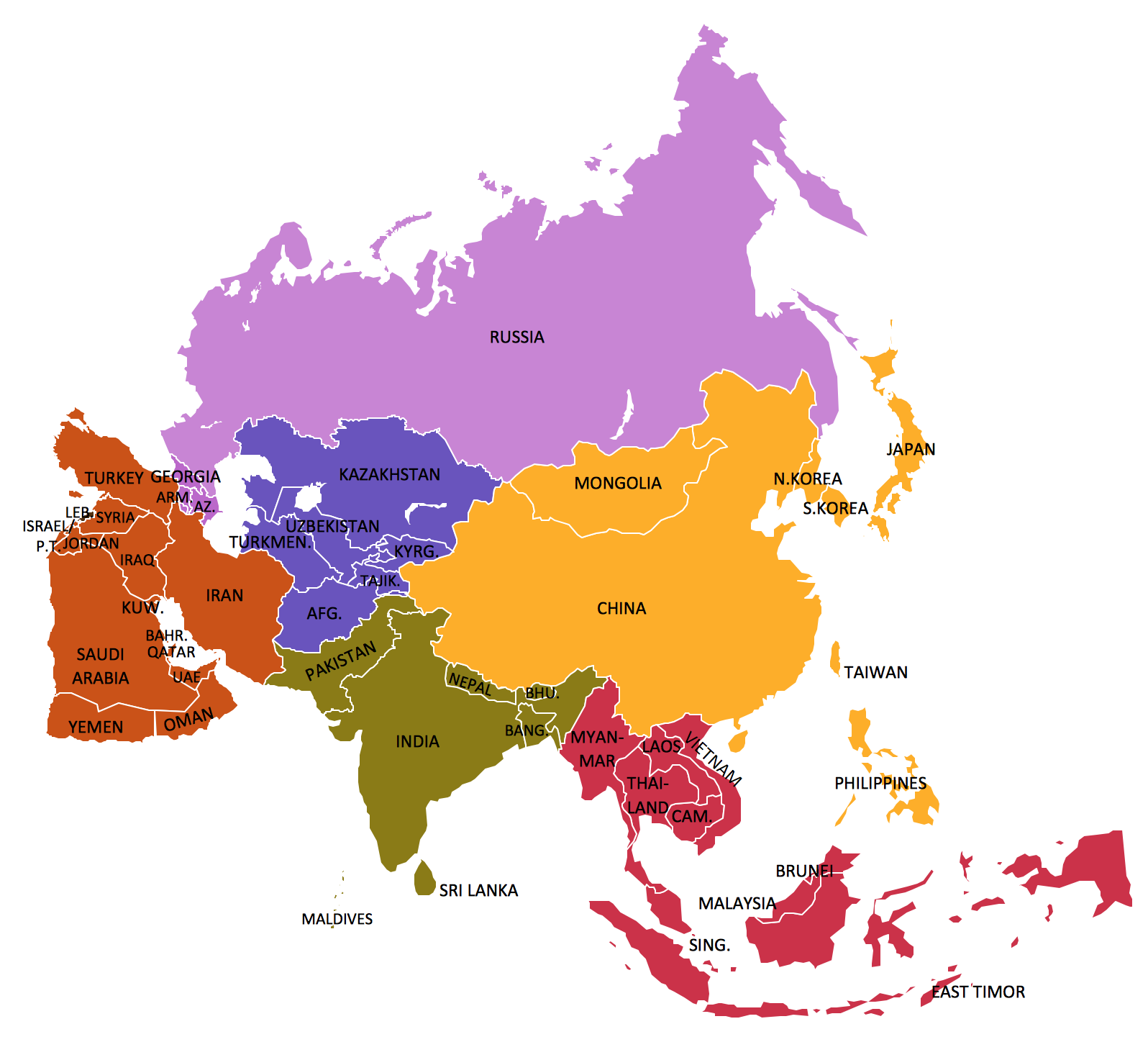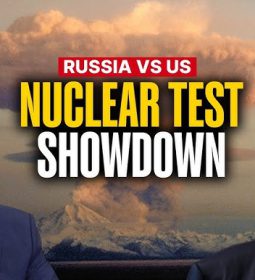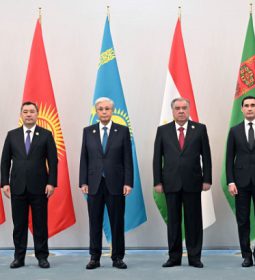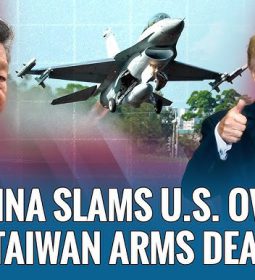When South Korea to go nuclear? Political and strategic considerations

This discussion has been fueled primarily by North Korea’s advancing capabilities and the perceived growing asymmetry between the North and the South. Under the Biden administration, the United States made significant efforts to reassure its South Korean ally and demonstrate the strength of the U.S.-South Korea alliance – and particularly the robustness of U.S. extended deterrence in the region. However, the election of Donald Trump on 5 November 2024 has raised fresh doubts about the reliability of American support.
Although the debate over whether South Korea should develop its own nuclear deterrent is not new, it is likely to enter a new phase in 2025.
The state of the debate in Seoul

Indeed, there are more politically driven statements aimed at electoral gain than thorough reflections on the implications of the various options. The strategic benefits as well as the costs of developing a nuclear program are not adequately highlighted in the discussion.
Calls to develop autonomous nuclear capabilities often seem aimed primarily at responding to public opinion, which has consistently shown support for such a project. Analysis of various surveys and public opinion polls over the past several years shows marked support for a nuclear program. Since 2016, in a regularly conducted opinion poll, between 60 and 70 percent of respondents have expressed support for this option.
This support is particularly strong among voters of the conservative People Power Party (PPP). It should be noted that this public endorsement does not simply reflect a lack of trust in the American ally and its extended deterrence strategy. On the contrary, individuals favoring the nuclear option are more likely, according to surveys, to express confidence in the strength of the alliance. Rather than fear of declining American commitment, this stance appears to reflect a strategic calculation: the belief that only South Korea possessing nuclear weapons could restore the strategic balance on the peninsula and deter North Korean aggression.
In this context, active discussions take place not only on the peninsula but also abroad, with growing concern over whether South Korean leaders will be able to resist public pressure for a national nuclear program. This concern is all the more pronounced as North Korea is perceived as an increasingly acute threat, and Donald Trump’s election has added uncertainty regarding the trajectory of U.S. policy in the region.
Power dynamics on the peninsula
The development of North Korea’s military, especially nuclear, capabilities, is a major source of tension in Seoul and fuels questions about the most effective strategy to deter Pyongyang from targeting South Korean interests.
Among the most concerning developments are North Korea’s efforts to acquire a credible second-strike capability allowing to reach not only Guam and Hawaii but also Alaska and the U.S. mainland. Through the development of several intercontinental ballistic missile (ICBM) programs with nuclear potential, Pyongyang has significantly increased the credibility of its deterrence posture.

Various ICBM models using different technologies (liquid and solid propellants) have undergone several apparently successful tests. These launchers seem better able to travel even on unpaved roads, allowing for greater dispersion across the North Korean territory, thereby increasing their survivability against a preemptive strike.
The idea that allied forces could decimate North Korea’s nuclear arsenal in the early phases of a conflict – before activation – has thus become increasingly unrealistic. Such preemptive action is now extremely risky given the arsenal’s growing size, dispersal across hardened or hard-to-strike sites (e.g., mountains), its mobility, and its potential submarine deployment. In this context, South Korea can reasonably fear an escalation scenario in which Pyongyang coerces Washington – and thereby Seoul – into making concessions by threatening direct strikes on U.S. territory.

Additionally, the development of a large North Korean arsenal of short-range weapons – ballistic and quasi-ballistic missiles in particular – heightens the vulnerability of key South Korean infrastructure and gives rise to new escalation scenarios involving conventional, chemical, or nuclear weapons.
The South Korean authorities have sought to address these developments by adapting their deterrence and defense strategies. In 2013, the Ministry of Defense first introduced the concept of a “kill chain”, aimed at conducting preemptive strikes against North Korean nuclear and missile sites.
This strategy was renamed “Strategic Target Strike” in 2019. In parallel, in September 2016, the Park Geun-hye administration announced a new strategy, the “Korea Massive Punishment and Retaliation” (KMPR). This plan envisions massive retaliation in the event of a North Korean attack, including precision strikes against the regime’s leadership and critical military targets. It has led to the development of a particularly robust South Korean ballistic missile arsenal, including the Hyunmoo family: quasi-ballistic systems, submarine-launched missiles, and extremely heavy systems designed to destroy deeply buried targets – such as the Hyunmoo-5 unveiled in summer 2024.
Despite these doctrinal developments and offensive/defensive capabilities, Seoul maintains that conventional deterrence alone is insufficient against a nuclear-armed adversary. It therefore places strong emphasis on U.S. extended deterrence and demands assurances from Washington that any North Korean nuclear aggression would trigger a nuclear response.
As noted earlier, however, American guarantees have failed to reassure a majority of South Koreans, who would prefer an independent nuclear force. The return of the Trump administration may reinforce these doubts.
U.S. extended deterrence and the Trump II administration
The South Korean nuclear debate was a cause of concern for the Biden administration, which invested significant diplomatic resources to convince Seoul of the robustness of the U.S. commitment. These efforts culminated in the Washington Declaration, published on 26 April 2023.

In this document, Joe Biden and Yoon Suk-yeol affirmed that “any nuclear attack by North Korea against the Republic of Korea will be met with a swift, overwhelming and decisive response”. The declaration also announced the creation of a new forum, the Nuclear Consultative Group (NCG), tasked with “strengthening extended deterrence, discussing nuclear and strategic planning, and addressing the proliferation threat posed by North Korea”. In addition, it called for greater integration of South Korean conventional forces into U.S. nuclear exercises and the conduct of joint nuclear crisis management simulations on the peninsula. Washington indicated that its strategic assets – bombers and submarine-launched ballistic missiles – would be deployed more frequently to South Korea.
Yoon Suk-yeol described these commitments as “an unprecedented extension and strengthening of integrated deterrence strategy”, and noted that the declaration should “alleviate South Koreans’ concerns about North Korean nuclear weapons”.
Kim Gi-hyeon, leader of the ruling PPP, called the agreement “very important” and “a notable diplomatic success”.
Kim Tae-hyo, Deputy Director of the National Security Office, declared, for his part, that “South Korean citizens may in practice consider themselves in a nuclear-sharing arrangement with the United States”.

This initiative was intended to address doubts stemming from Trump’s first term. The Republican president had made numerous comments lamenting the cost of U.S. defense commitments with South Korea.
As with Europe, Trump called on South Korea to contribute more to its own defense.
This transactional approach weakened Seoul’s confidence in its partner. Moreover, Trump’s diplomatic overtures to Kim Jong-un – including the 12 June 2018 summit in Singapore – were also met with skepticism in Seoul. Notably, the summit led Washington to cancel certain joint exercises, which South Korea deplored.
Trump’s return to office in January 2025 could again undermine the South Korean government’s trust in U.S. guarantees. Shortly after his election, Trump criticized the October 2024 agreement on U.S. troop deployment in Korea, stating that had he been in the White House, he would have demanded much more from Seoul, which he accused of being a “money machine”.
Trump’s unpredictability and the absence of a clearly articulated strategy during his campaign make it difficult to anticipate U.S. policy toward Pyongyang. Nevertheless, it is possible that Trump may seek to resume negotiations with Kim Jong-un. Such developments would be closely monitored in Seoul, especially if Washington agreed to concessions regarding its military presence on the peninsula. Finally, Trump’s threats to reduce the U.S. military presence unilaterally in order to pressure allies into contributing more to their own defense remain a serious concern for South Korea.

Conversely, should some Republican advisors influence the U.S. Korean policy, this might lead to a strengthening of extended deterrence, aligning with preferences expressed in Seoul. Several experts from Trump’s first administration have supported the expansion of nuclear capabilities in Asia, including the reactivation of sea-launched cruise missiles (SLCM-N) and increased deployment of missile defense systems in the region.
These proposals are largely driven by the perception of China as a threat warranting a strengthened Indo-Pacific deterrence posture. Finally, some observers suggest that Trump might tolerate a South Korean nuclear program if it allowed Seoul to defend itself more effectively and at a lower cost to Washington.
Obstacles to developing a national program
The period ahead is thus marked by great uncertainty, and it is likely that calls for the development of a national South Korean nuclear program are going to intensify. Such pressures are concerning, particularly from the point of view of the robustness of the nonproliferation regime. Nonetheless, potential South Korean nuclearization faces several obstacles.
First, withdrawing from the NPT and developing a military nuclear program would carry enormous risks of fracturing the alliance with the United States, and thus entail immediate major security costs. Some South Korean experts are convinced that the United States – especially members of Donald Trump’s inner circle – might ultimately show some tolerance toward Seoul and refrain from imposing severe sanctions. However, it is quite possible that Washington would oppose such a status change, including through automatic application of its domestic legislation such as the Nuclear Non-Proliferation Act of 1978, which prohibits cooperation with proliferating states, and the Nuclear Proliferation Prevention Act of 1994, which requires sanctions against proliferating entities.
Beyond the risk of a withdrawal of U.S. troops stationed in South Korea, Seoul would almost certainly also face economic and technological repercussions. Even in the best-case scenario – where the United States tacitly accepts the situation –, many countries would impose sanctions on South Korea. Given its deep integration into the global economy, the country would suffer severe economic consequences. Due to extensive cooperation with multiple countries, including the United States, in the nuclear sector, such a decision would have significant technological consequences, especially regarding nuclear fuel supply.
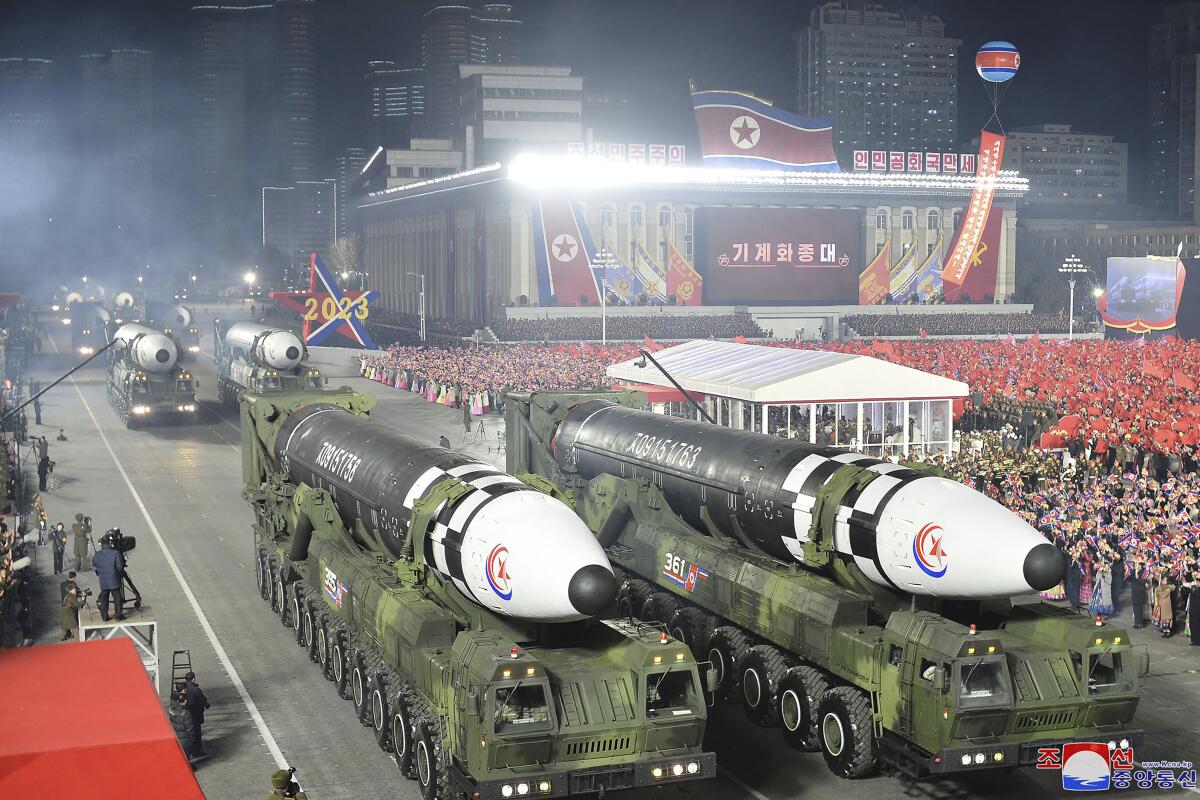
Korean elites are likely aware of the major consequences and sacrifices that nuclearization would entail. In fact, political leaders, particularly within the conservative party, have tended to be less vocal on the issue once in office. Nevertheless, as previously mentioned, the fact that fear of sanctions does little to reduce public support for launching a national nuclear program seems to reflect two main elements: first, an arguably excessive confidence that sanctions would be mild and that Washington would seek ways to circumvent its own nonproliferation legislation for strategic reasons; second, this stance could reflect a genuine fear of North Korea, which in the eyes of respondents justifies significant sacrifices – even at the expense of other national priorities.
Conclusion
As early as 11 November 2024, members of the presidential PPP party were discussing the options available to South Korea following Donald Trump’s election. A majority of participants supported at least the development of nuclear capabilities by the country to become a threshold state – ready to claim nuclear-weapon status if necessary. Some lawmakers proposed passing a law that would require the country to acquire nuclear weapons in the event of a new “provocation” by the North.

This meeting reflects an atmosphere of anxiety in Seoul, which is facing a North Korea that continues its modernization efforts, including in the nuclear domain, and an American ally once again seen as unpredictable.
Under these circumstances, it will be essential for Seoul to engage in a structured debate taking into account all variables and consequences of a potential policy shift: the strategic effects, of course, and the impact on inter-Korean relations of South Korean proliferation, but also the consequences for relations with other regional states. The repercussions for alliances and partnerships currently maintained by Seoul must be properly anticipated, as must the economic and technological consequences. Lastly, South Korea’s withdrawal from the NPT would durably undermine the norm of nonproliferation, already under stress, with damaging global implications.
- Previous ‘Nuclear domino’ effect – North Korea says U.S.-South Korea deal will lead to nukes arms race
- Next $1 trillion in investments? Red carpet and horse cavalcade – Trump hosts Saudi Arabia’s Mohammed bin Salman






